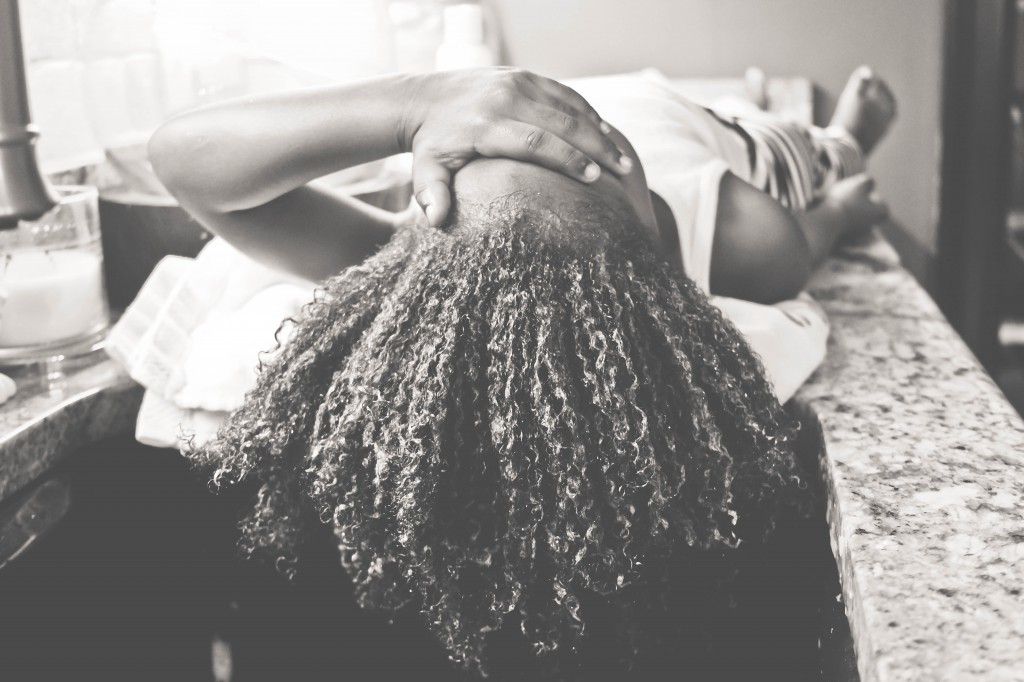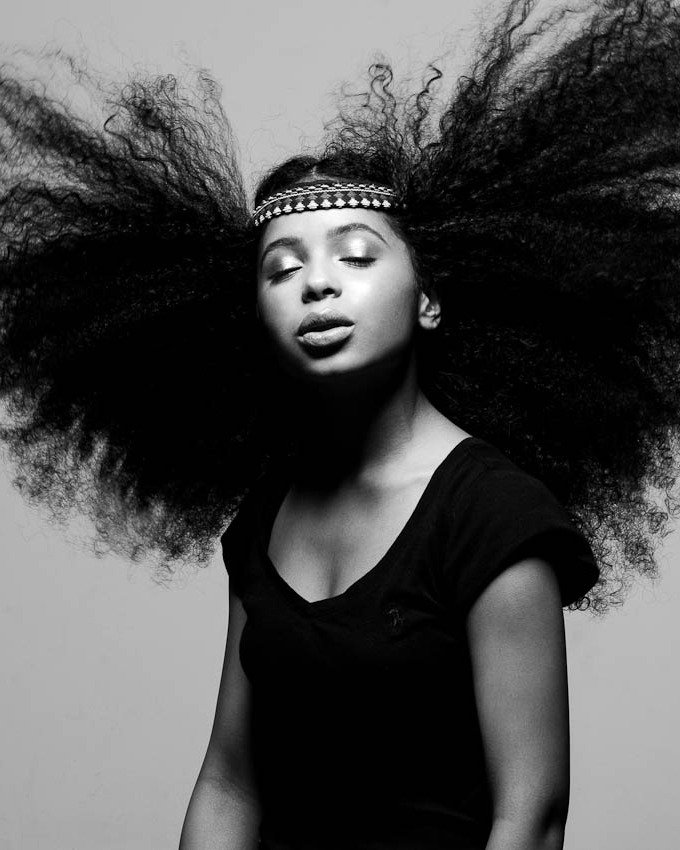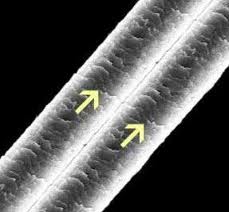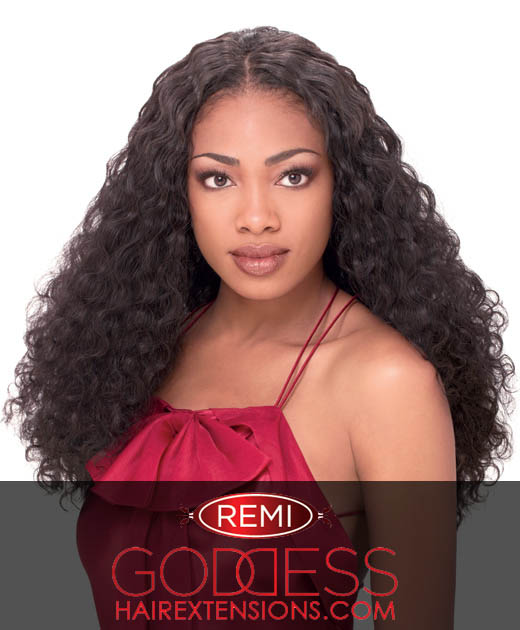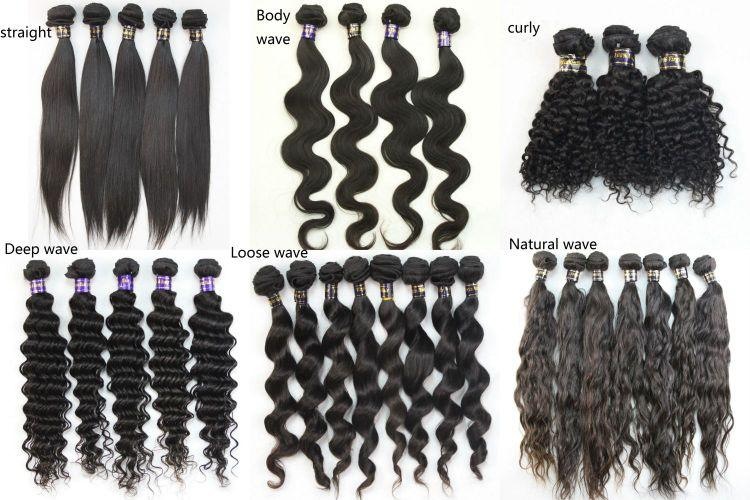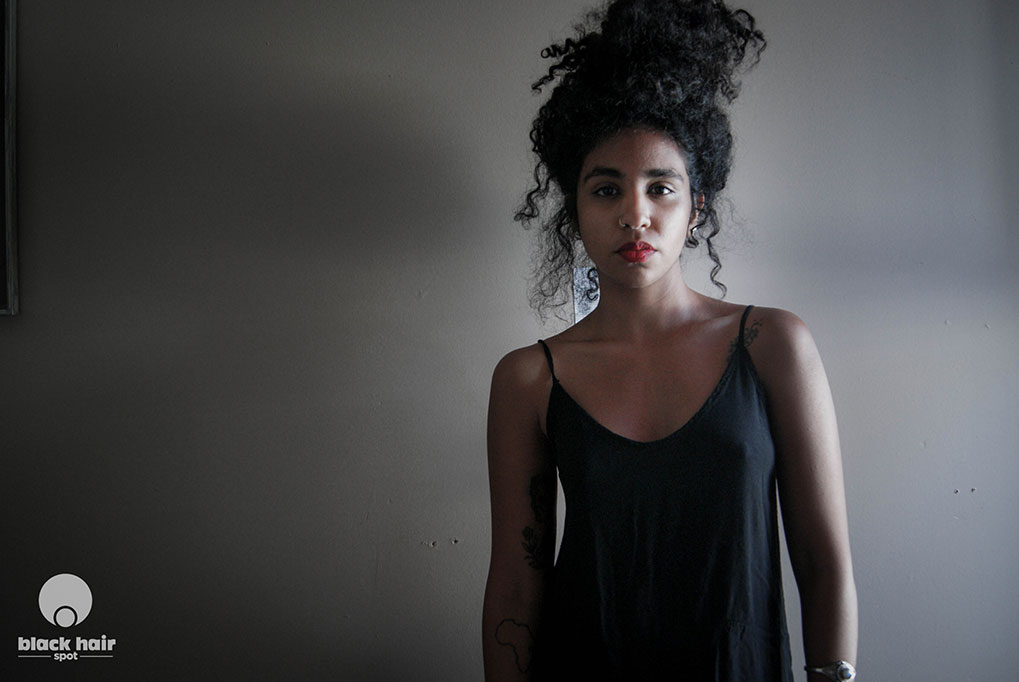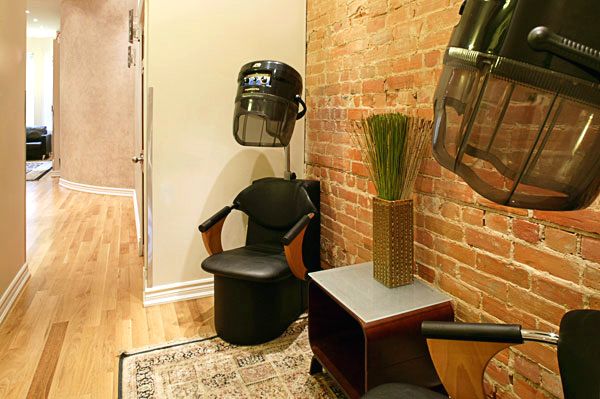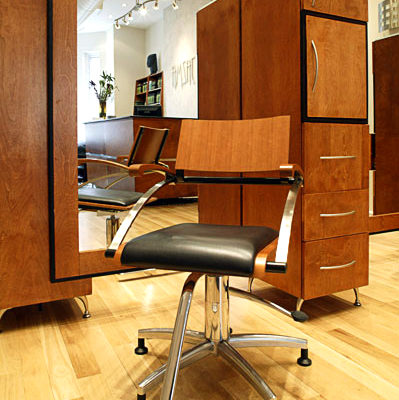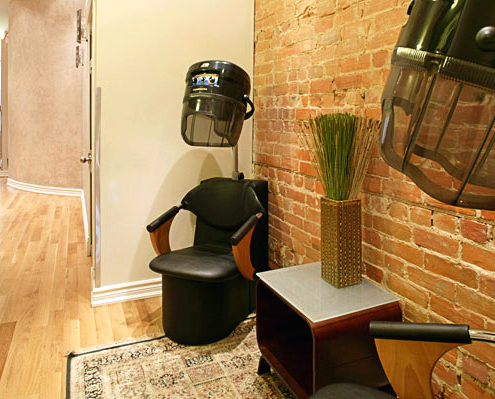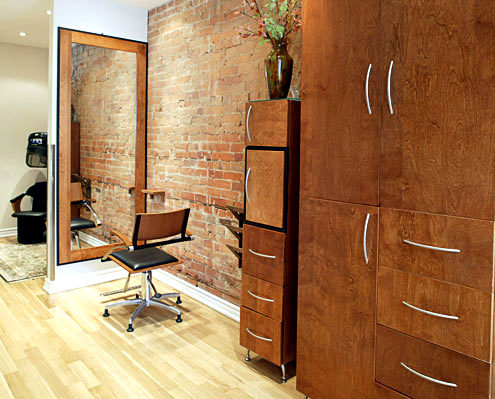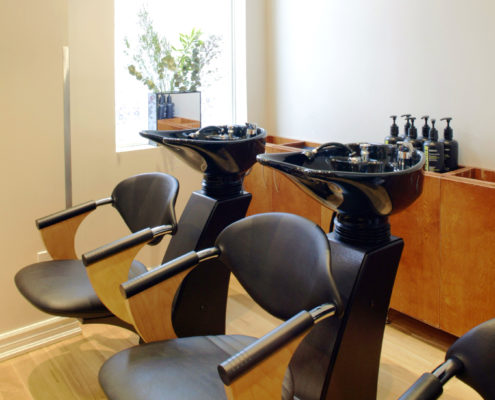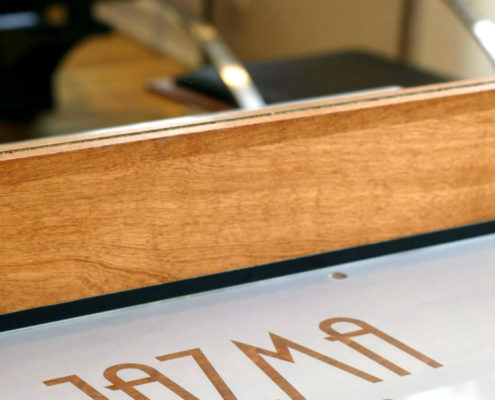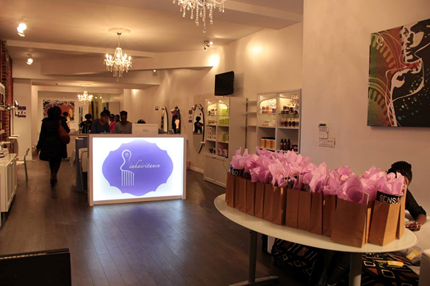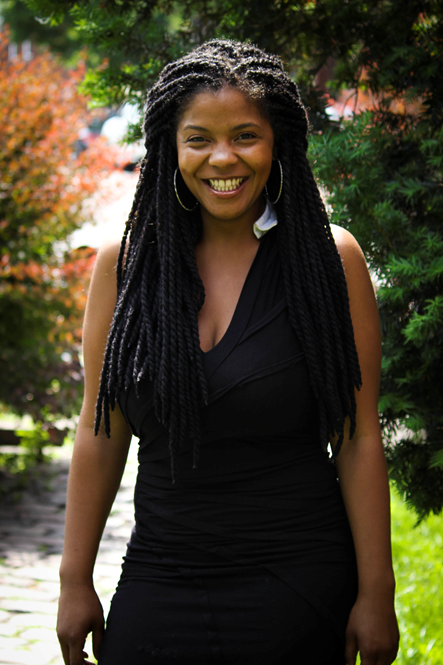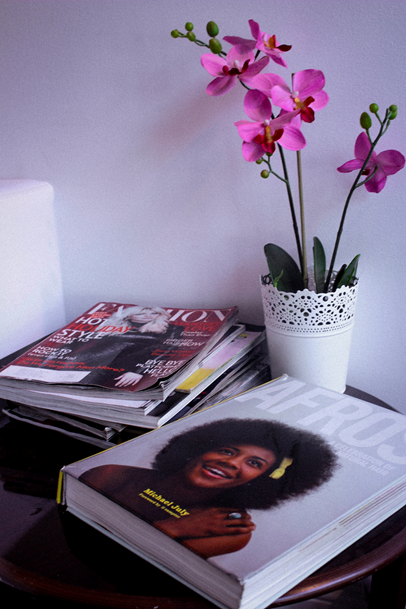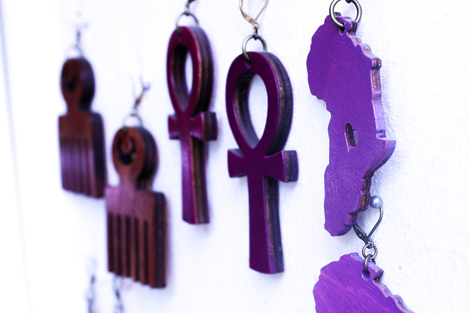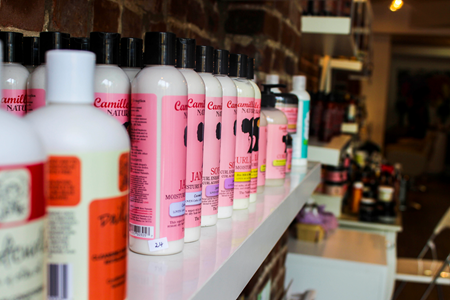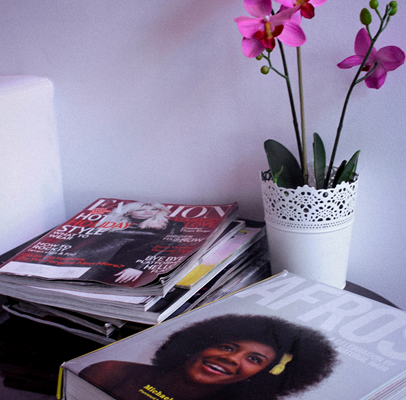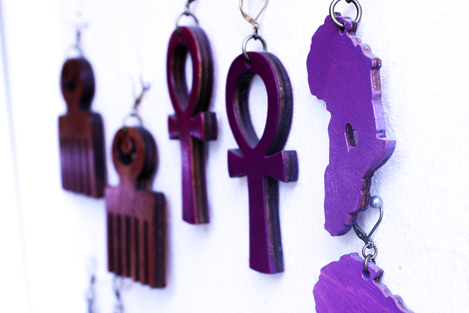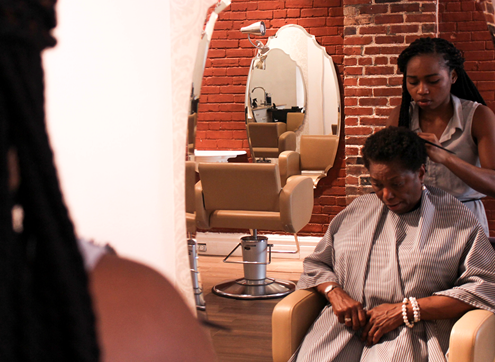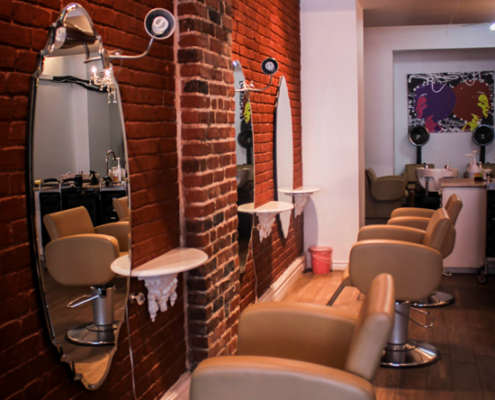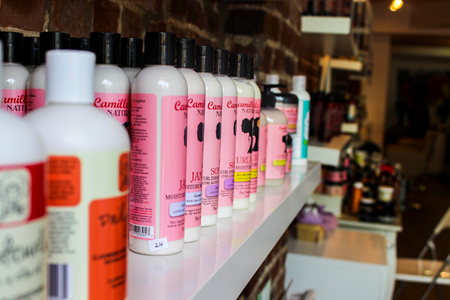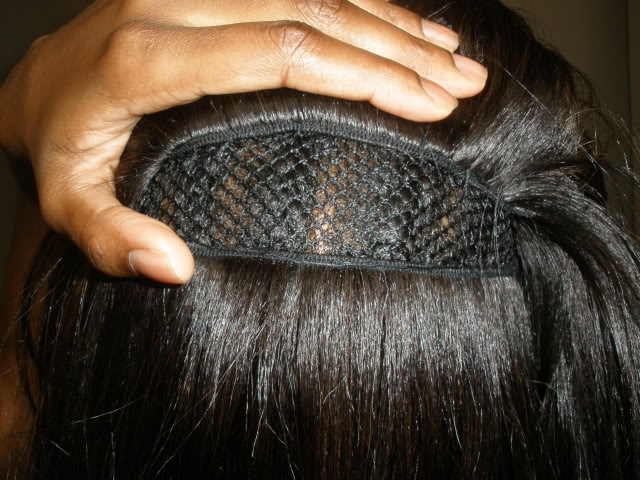Jen Holmes
Jen Holmes – On Natural Hair and Standing Out

Hers is a story that many women can relate to, but few have had the courage to step out of. Jen has a confident voice, contagious laugh and a distinctive head of hair thanks to her Jamaican and English/ Scottish heritage.
Born and raised in Edmonton, Jen is a makeup artist by profession. She’s used to making people look beautiful, but she didn’t always realise the beauty in her natural hair. She stands out, but it hasn’t always been something she embraced.
At the tender age of eight, Jen went up to her mum and asked her to chemically relax her hair. Her mother didn’t put up a fight- the hair tugging and time spent braiding her hair every couple of nights was a difficult process for the both of them.
“I wanted to have straight hair, just like my friends… [Curly hair] was so time consuming and hard and I didn’t want to face every night of my mum pulling on my hair.”
So she took the route of that most girls with curly hair go–she relaxed her hair.
The chemical relaxer did what it was designed to do– it suppressed the spunk and free expression of natural hair, leaving behind societal expectations in the form of straight hair.
Then there is the price that we pay for conforming. With her straight hair, Jen was left with scalp burns and unhealthy hair.
“It was super brutal. It’s ridiculous what you’re putting on your head. But it’s that creamy crack–you just can’t quit it.”
Natural Hair Transitioning
Eventually, Jen decided to stop chemically straightening her hair and she began her natural hair transitioning. Chris Rock’s film “Good Hair” as well as seeing more and more women, especially Solange Knowles embracing their natural curls, helped her with her process.
Her transition entailed her not using heat on her hair, and leaving it wavy. This helped make the grow-out easier and less noticeable. YouTube tutorials were also extremely helpful with styling and helping her create a new routine.
People’s Reaction
The change has helped her embrace her individuality, and the attention that comes with it. People’s reaction has generally been positive, but she’s experienced everything from people trying to touch her mane to people asking if her hair is a wig.
“Lots of people will come up and touch and grab my hair. It’s rude and impolite and I don’t like it. Some people will come up to me and ask, which is nice, but I decline.”
She believes that this is due to a lack of awareness, and the only way that this can be changed is by education and more women taking the plunge.
“Putting the message online so people can find it even if they weren’t looking. Simply talking to them when people ask questions. I don’t mind talking and answering questions about it. I think that the more I start doing it I think is going to be the biggest thing… I hope that in the future more women will be natural and people will take notice and be more aware and knowledgeable”
Her favourite products are olive oil and coconut oil. She’s a firm believer in natural products, and she uses Aubrey Organics Shampoo and Conditioner. She does a twist out to define her curl pattern, and uses coconut oil for added moisture in the process.
Her advice to other women is not to let their children go through the same experience that she did
“Don’t ever relax your hair. If I could speak to my younger self, I would tell myself not to. It’s horrible and extremely damaging for your hair, and honestly at this point you would love your hair. I regret relaxing my hair all those years. Appreciate your hair. Love your hair.”





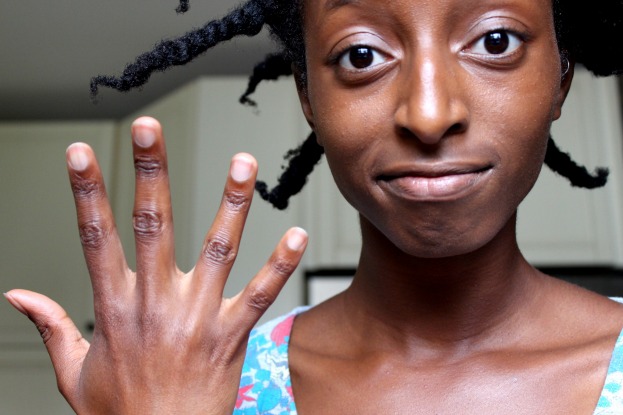
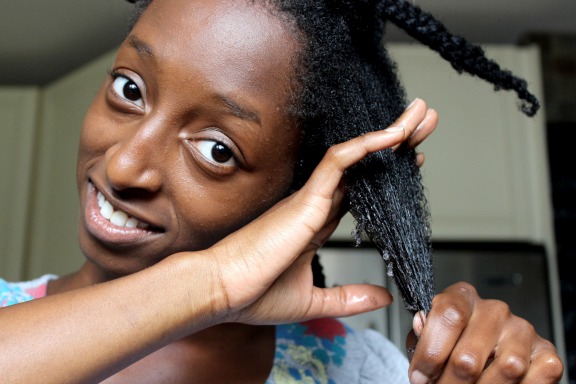 Start separating your hair and GENTLY remove all the knots. Be sure to wash off shed hair from your fingers as you go. This is to ensure you are not putting the shed hair back into your living hair to create tangles and breakage.Continue combing fingers through your hair until there are no knots and your fingers come out clean (without shed hairs) when you run your fingers through your hair.
Start separating your hair and GENTLY remove all the knots. Be sure to wash off shed hair from your fingers as you go. This is to ensure you are not putting the shed hair back into your living hair to create tangles and breakage.Continue combing fingers through your hair until there are no knots and your fingers come out clean (without shed hairs) when you run your fingers through your hair.





